Location
Hammamet is an important port city in Tunisia. The third most populous city in the country, due to its proximity to Europe it's a popular entry point to the country and Africa as a whole, and an interesting destination in its own right.
 20-22 July 2019
20-22 July 2019
Today the city with fewer than a million inhabitants is the third largest city in Morocco, an important port, center of industry and a popular destination for daytrippers. Frequent ferries make the short crossing from Europe each day, and many cruise ships sailing between the Mediterranean and the Atlantic often include Tangier as a port of call. The Spanish coastline, 30 km away can be seen unless there's haze or fog.
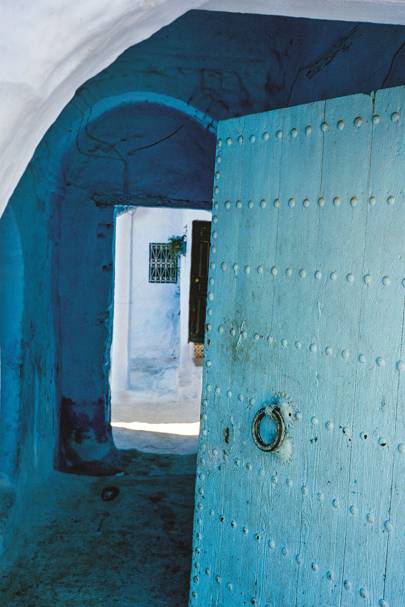
Credit - or blame - the heady decades this cosmopolitan enclave spent under international administration, when all imaginable pleasures were to be had here. Starting in the 1950s, the demi-monde descended in droves. Errol Flynn, Ava Gardner, Woolworth heiress Barbara Hutton and Francis Bacon all did their bit to establish Tangier as the last word in louche, only for some writers to go still further with their X-rated forays into derangement (Burroughs) and depravity (Orton).
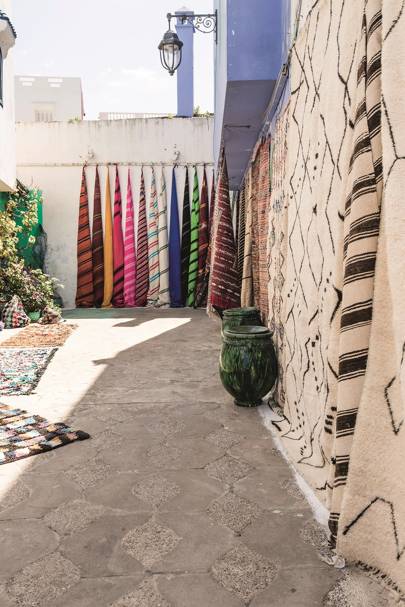
Tangier's own hangover has been its lingering reputation as an unsavoury, even unsafe place. The newly arrived have tended to waste little time (count on the taxi taking 10 minutes between the ferry port and the new train station) in becoming the lately departed, hurrying south to Marrakech and Essaouira, or boarding the next boat to Tarifa in Spain. But now this natural stage set - Tangier glories in retro hotels and cafés, theatres and cinemas, as often as not backdrops in movies such as The Sheltering Sky, Spectre and Only Lovers Left Alive - is being reimagined for a wider audience.
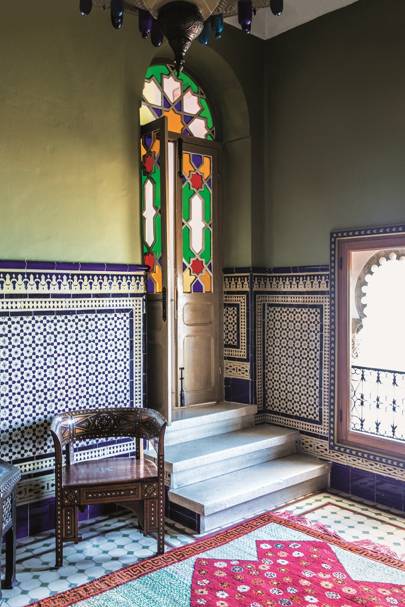
Inside Hôtel Nord Pinus
The move follows a royal pardon. While the last king, Hassan, played to his devout Islamic constituency by beggaring the place, leaving it to stew in its licentiousness, his son Mohammed has set out to revive this city at the juncture of Europe and Africa, the Atlantic and the Mediterranean. It's possible that these ongoing development projects, including the vast new port, marina and nearby high-rise hotels, will erode Tangier's defining liminal atmosphere. But few will regret that the city's more squalid dens have largely vanished: the male brothels that Orton frequented, for instance, and the drug-dealing pharmacies which Burroughs cleaned out of injectable methadone and Eukodol; even the drinking shebeens favoured by Tennessee Williams (Fernet-Brancas and Coke) and Ian Fleming (triple vodka tonics).
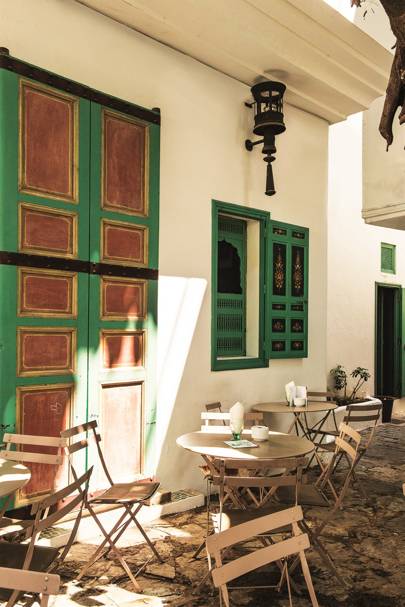
Tables at the hilltop El Morocco Club, known for its piano bar
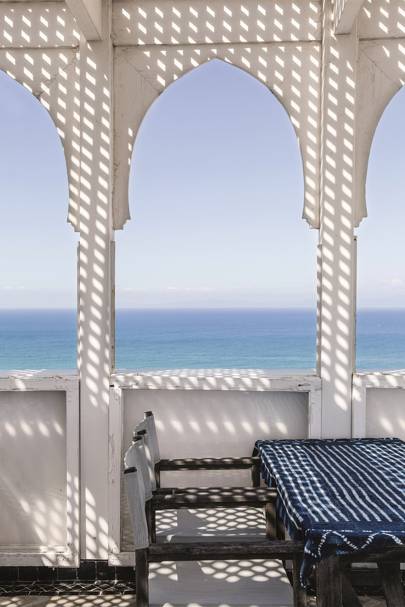
Not that the current clean-up has erased every last trace of Tangier's essential dissolution. In the air, along with regular whiffs of kif hashish, there persists a distinctive quality - raffish, bohemian - which has led a new generation of creatives, Francophones to the fore, to make their homes here. This time round, though, it's not unreliable writers but more service-minded types like Stéphanie Gaou - she opened her downtown café-bookshop in 2004 - along with hoteliers, restaurateurs and boutique owners who have done so much to remake the city for Tangerines (expat residents), Tanjaouis (locals) and travellers alike.
Take Vincent Coppée, a Belgian who came here in the late 1990s at the start of the journey he meant to make through Africa. He went from traveller to Tangerine, which is to say he never left - much to the city's good fortune, as in 2012 Coppée and his partner Oscar Badji opened their superior speakeasy, the El Morocco Club, in Tangier's hilltop kasbah. The restaurant gets rave reviews but the soul of the place, Tangier to the core, is the animated, even uproarious piano coffee at the foot of the stairs. In these dark and opulent interiors, the leather banquettes, magical Mojitos and intensely flavoured oysters from Dakhla in Morocco's far south, I sense a legend in the making. Coppée, a charismatic host, may insist that he has not given up on resuming his Africa trip, but it's my guess El Morocco's devoted regulars would have plenty to say about that.
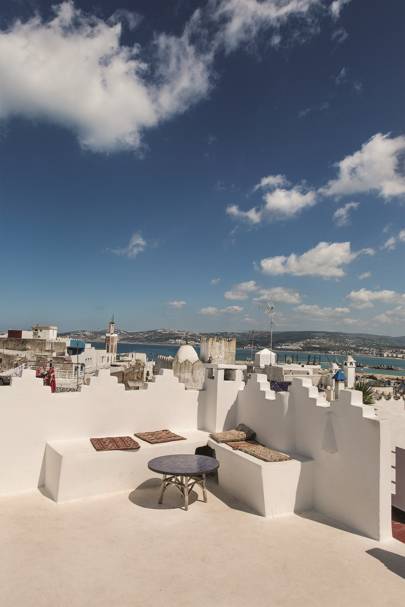
The rooftop at Dar Nour riad
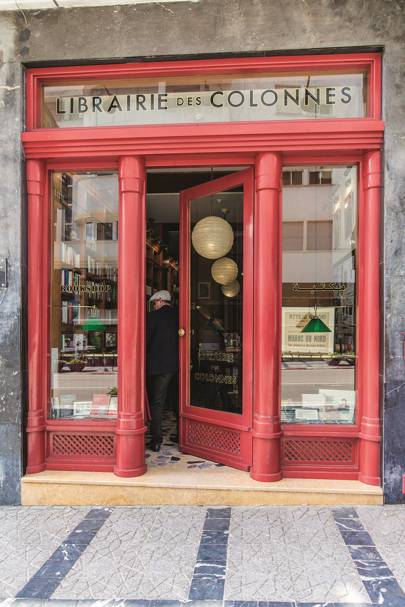
I'm content to keep my own expeditions local. From my Kasbah townhouse hotel - Tanjaoui Farida Kanario and German husband Jürgen Leinen's pitch-perfect La Tangerina, where the views over white city and blue sea from the roof terrace leave me drooling - I set out on foot to lose myself in the adjacent medina. It takes days to establish mastery over this atmospheric but alien terrain, a vehicle-free warren of stepped alleys, adobe arches, flower murals, cavernous antiques shops, brightly painted marabouts (saints' shrines) and dead ends, with would-be guides lurking at every turn, ready to pounce at the first sign of hesitation. I've learnt to successfully deflect approaches by appearing to know exactly where I'm going - until I do.
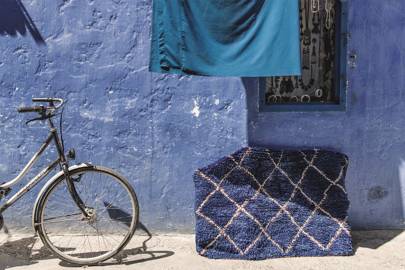
My own medina tip, hard earned, is to turn away at the first sign of potted flowers. These proliferate along dead ends - there's less chance, evidently, of them being knocked over there - while the painted ones on the walls serve as green lights to alleys that lead somewhere, like the Petit Socco. This celebrated square is the heart of the city's signature café scene. At the famous Tingis café the chairs creak and the fly-choked lamps flicker, and every table top, painted pane and filigree screen is heavy with age-old accretions of smoke and steam and sweat and wear and whatever else these interiors have witnessed. To the background sound of rolling dice, a waistcoated waiter serves me a glass of thé à la menthe, steeped in sugar-shovelled sprigs of fresh mint, and in my contented reverie I'm soon establishing a new award, the Palme d'Or for Patina, in the city that wins it, hands down.
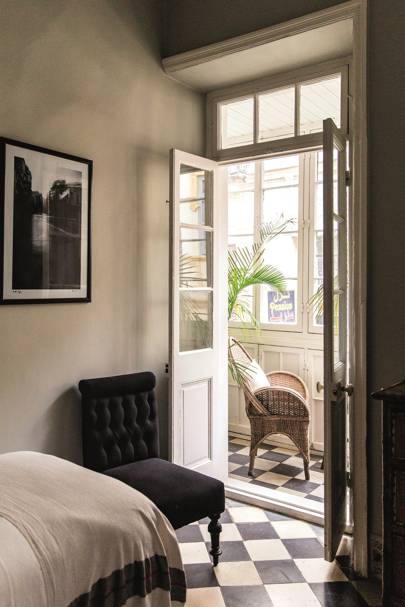
A bedroom at Hôtel Nord Pinus
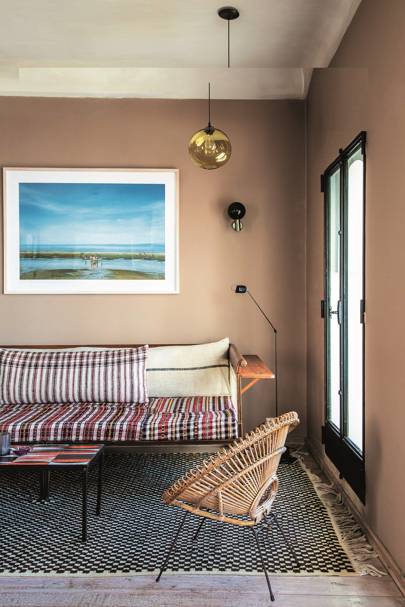
Inside Hôtel Nord Pinus
In Tangier, which is admittedly short on conventional attractions like museums and galleries, it's the artfully aged fabric of the city itself - the magnificent ruination of the Cervantes theatre, say, or the lush graveyard gardens of St Andrew's church, or the kasbah walls' tiled starbursts - which so often supplies the spectacle. The sights come thick and fast in a city where the compactness commends it to the stroller. At the top of Rue des Siaghines I dip into the food market which, as in any good thriller, begins innocently enough, as a deli (the olives are as brightly coloured as Smarties) before descending into a charnel house; exiting obliges me to vault not only a human-sized swordfish but also a barricade of still-steaming, sawn-off cows' legs. I duck into the unsigned weavers' souk, the Fondaq Wallili, where looms clatter in gloomy interiors and fresh skeins of yarn hang from winding contraptions ingeniously knocked up using old bicycle parts. Then I circle back to the Grand Socco, the light-flooded main square and, in pride of place, the Art Deco Rif cinema, recently restored in striking retro livery as the wonderful Cinémathèque de Tanger.
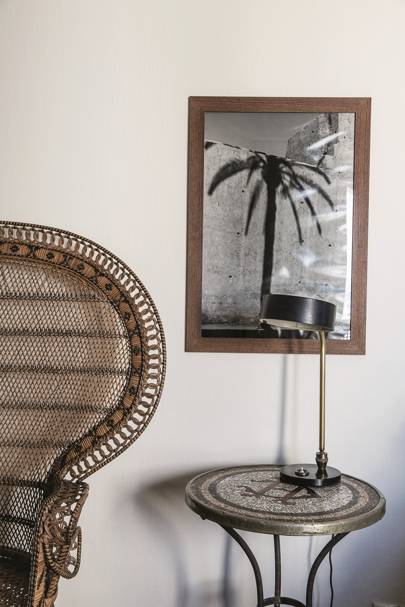
Interiors at Nord Pinus
It's an adventure in itself to reach Tangier's best museum, set in the old American Legation building, which lies in the darkest corner of the medina. But it's worth it, not least for the memorabilia display in honour of Paul Bowles, the writer who above all others made Tangier his own, and for the grand interiors hung with further reminders of this city's rich and strange history. I especially enjoy the letter detailing the delivery an American diplomat was obliged to take of a gift, one the Moroccan emperor insisted on making despite objections that the delivery of two lions, 'the finest animals of the kind I have seen', would endanger staff and medina residents alike. As I slip away, so do the centuries, and I can almost hear the lions, this pair of weird things, as they pad their way along Tangier's resonant alleys.
The best hotels in Tangier
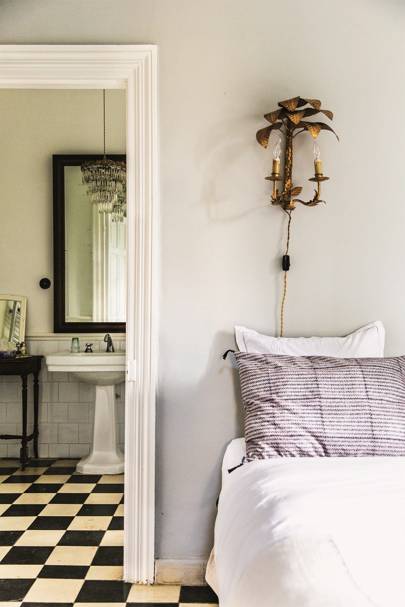
A room at Mimi Calpe
La Tangerina is a luminous house with 10 bedrooms arranged around a courtyard, long on nooks, caged songbirds, radiograms and open fires in winter. The draw is ever upwards, towards the roof for breakfast croissants and sun loungers.
Address: La Tangerina, Riad Sultan 19, Tangier, Morocco
Telephone: +212 5399-47731
Website: latangerina.com
Price: Doubles from £45




